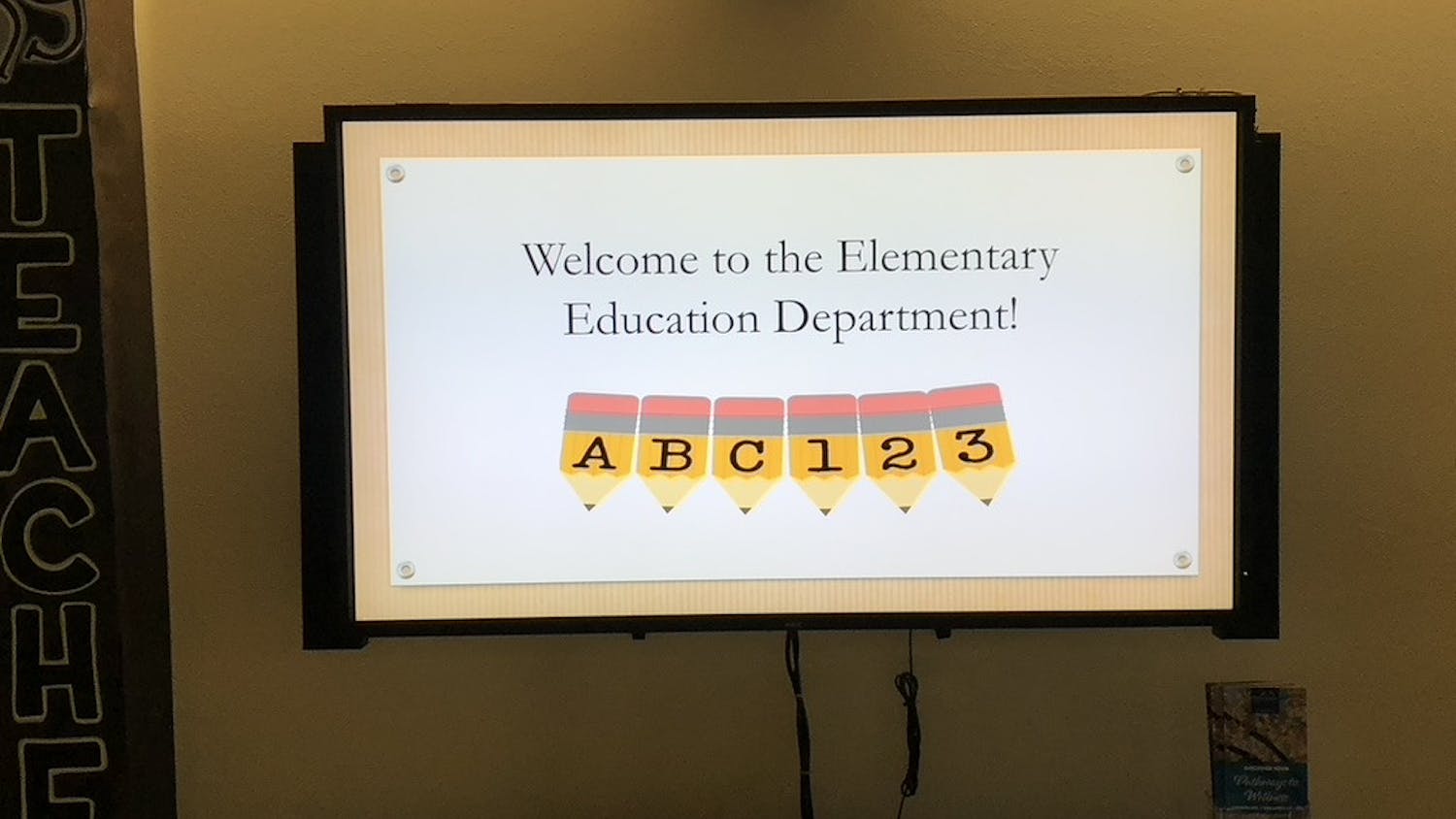For students across the world, campus shutdowns have resulted in interruptions to education and a transition to online schooling. But for Western Residential Advisor Kelsey Hallett, it also meant getting cut from her housing, meal plan and stream of income.
As a result, Hallett, a second-year biology major, was awarded $1,000 as part of the federal CARES Act to offset these costs after being laid off from her RA position in March.
The CARES HEERF grants, which stands for Higher Education Emergency Relief Fund, are a part of the larger CARES aid package that provides funding to educational institutions for students who have faced financial difficulty resulting from COVID-19. According to the National Association of Student Financial Aid Administrations, the fund has provided $14 billion in emergency funding to higher education institutions across the nation.
Western applied for CARES Act funding on April 21 and received $5.8 million for student financial aid on May 1, according to a blog post by vice president for Enrollment and Student Services Melynda Huskey. The funds are intended to alleviate financial hardship related to the campus shutdown during spring quarter 2020 for eligible students. According to the Department of Education’s section on allocated funds for schools across the United States, Western received $11.6 million in CARES funding overall, with the $5.8 being the minimum amount of funds Western is allowed to use for student aid specifically.
Hallett said that the money she received through Western’s CARES program was available immediately, separate from her prior financial aid.
“For my FAFSA, I've never actually received any money physically,” Hallett said. “This year, I got a grant and that was applied directly to my tuition. So, this is my first time actually receiving money, which was interesting. I would say for me, it did help with my costs, but I can't speak for everyone.”
CARES grants at Western are available based on specific eligibility criteria, with the university having more requirements compared to other schools. Grants are available to students with a valid FAFSA on file, are currently enrolled in a degree-seeking program and have suffered expenses directly related to the shutdown of campus.
Hallett said that the size of the grants is based on need, but as an RA, the amount she was awarded wasn’t equivalent to how much she would have received throughout the spring quarter.
“The biggest part of our compensation was our housing. Like, it was our meal plan and we had the single dorms on campus, which are the most expensive dorms to live in on campus,” Hallett said. “That entire financial compensation, the CARES Act, isn't equivalent to how much that would've cost. And if I hadn't been an RA, I would have never paid for that.”
Out of Western, Washington State University and University of Washington, Western is the only school that requires students to have specifically incurred expenses as a result of campus closure to be considered eligible for funds, according to their university’s information about the CARES Acts. Some universities in the U.S., such as California State University Long Beach (CSULB), don’t require students to have a FAFSA on file in order to receive a grant. According to a letter from CSULB’s president, over 80% of their students will receive disbursements from the CARES Act.
Western was awarded a smaller amount of funding compared to other Washington state schools, with WSU receiving $21.76 million and UW receiving $19.8 million.
The size of a school's CARES grant is based on two factors, according to the Department of Education information about the CARES grant. 75% of a school's funding is based on its number of enrolled Pell Grant recipients, which is a form of undergraduate federal aid given to undergraduate students. The remaining 25% of the funding is based on a school's number of undergraduate and graduate students who are not eligible for Pell Grants.
Ryann Ippolito, a graduate student at CSULB, said the grant helped students who didn’t receive other forms of aid related to COVID-19.
“I got the full $1,000, but most of my friends got around $250-500,” Ippolito said. “A lot of students like myself didn’t qualify for the stimulus check. This really helped a lot and I wish they did a little more directly to help students.”
Hallett said that despite the grant not being tied to specific expenses, Western was clear about the grant being intended to assist with specific campus-related costs.
“They said it was intended to assist with housing, but I just received the money and there wasn’t any sort of follow-up or anything after that fact,” Hallett said. “By the time I had already received it, I’d already spent the money on expenses that were related to me moving.”
Dispersion of CARES grants has been immediate for most eligible students, but Western has an online application for students who meet the school’s CARES requirements but did not receive an automatic payment or require further aid. Hallett said that Western had encouraged her to submit a CARES application if she had incurred other expenses and needed further funding.
Kay Ehwa, a third-year student at the Massachusetts College of Art and Design (MASSART), said that they received $400 from their school’s CARES program, $800 less than they would have made through their canceled on-campus job. However, MASSART students who meet basic financial aid requirements are eligible for CARES grants, according to the university’s information about the CARES Act.
“I was supposed to start working in the spring term and continue on into the fall term,” Ehwa said. “The high number for what I could make for a total semester was $1,200. I don’t know how much I would have made exactly, but it was around that number.”
Hallett said that despite a sudden shift before spring quarter, Western’s Housing has been good at communicating with laid-off Resident Advisors.
“Under normal circumstances, we’re not eligible for unemployment, but they’ve been good about communicating,” Hallett said. “They told us that we’re eligible for pandemic specific unemployment, and I know they’ve been doing some resume workshops because a lot of people have to find new jobs.”





